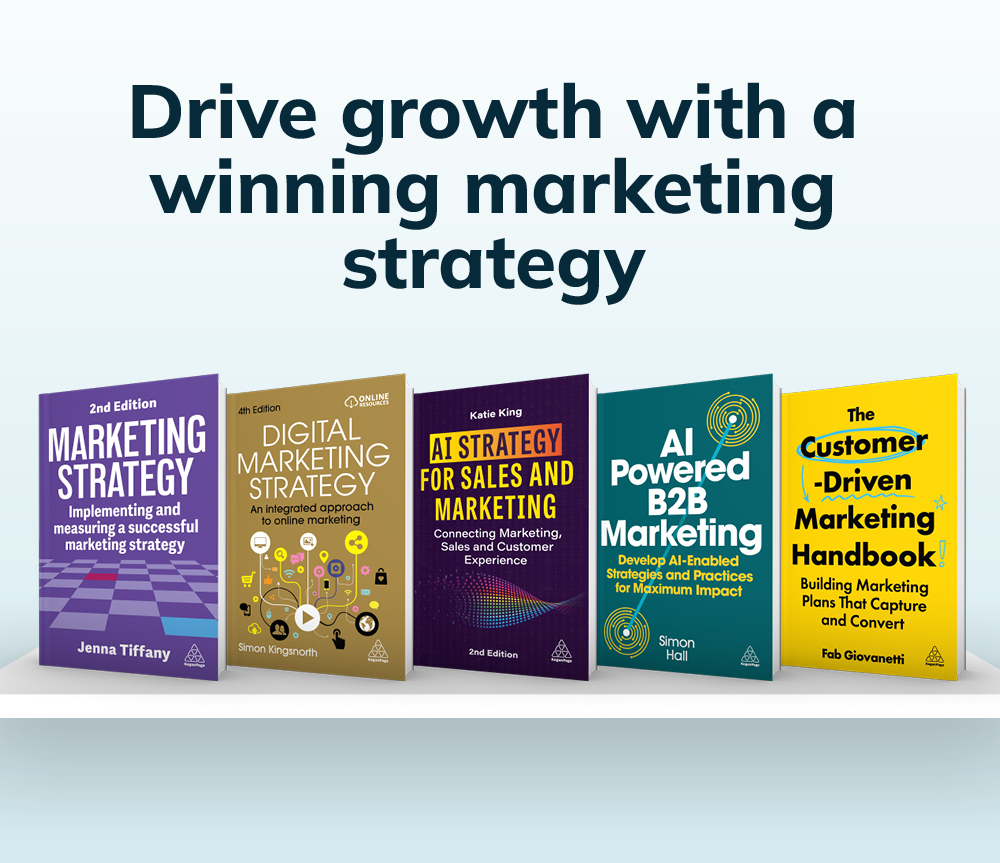Get a FREE ebook with your print copy when you select the "bundle" option. T&Cs apply.
Marketing & Sales Books
Latest books in Marketing & Sales
Trending books
Latest insights in Marketing & Sales
Digital Marketing, Branding This extract from Social First Brands by Tom Miner explains how strategic commenting powers outbound social engagement, grows brand reach and supports community building.
Branding, Marketing Strategy & Planning, Strategy & Planning When ads spark backlash, brands risk losing trust. Discover how marketers can prevent missteps and pivot effectively to protect reputation.
Marketing Strategy & Planning, AI, Digital & Technology In this article, Kamila Miller examines how artificial intelligence (AI) is transforming consumer trust, decision-making and brand loyalty. She outlines essential strategies for marketing leaders to foster transparency, fairness and consumer autonomy in an AI-driven marketplace, where trust has become the ultimate competitive advantage for sustainable business growth.







